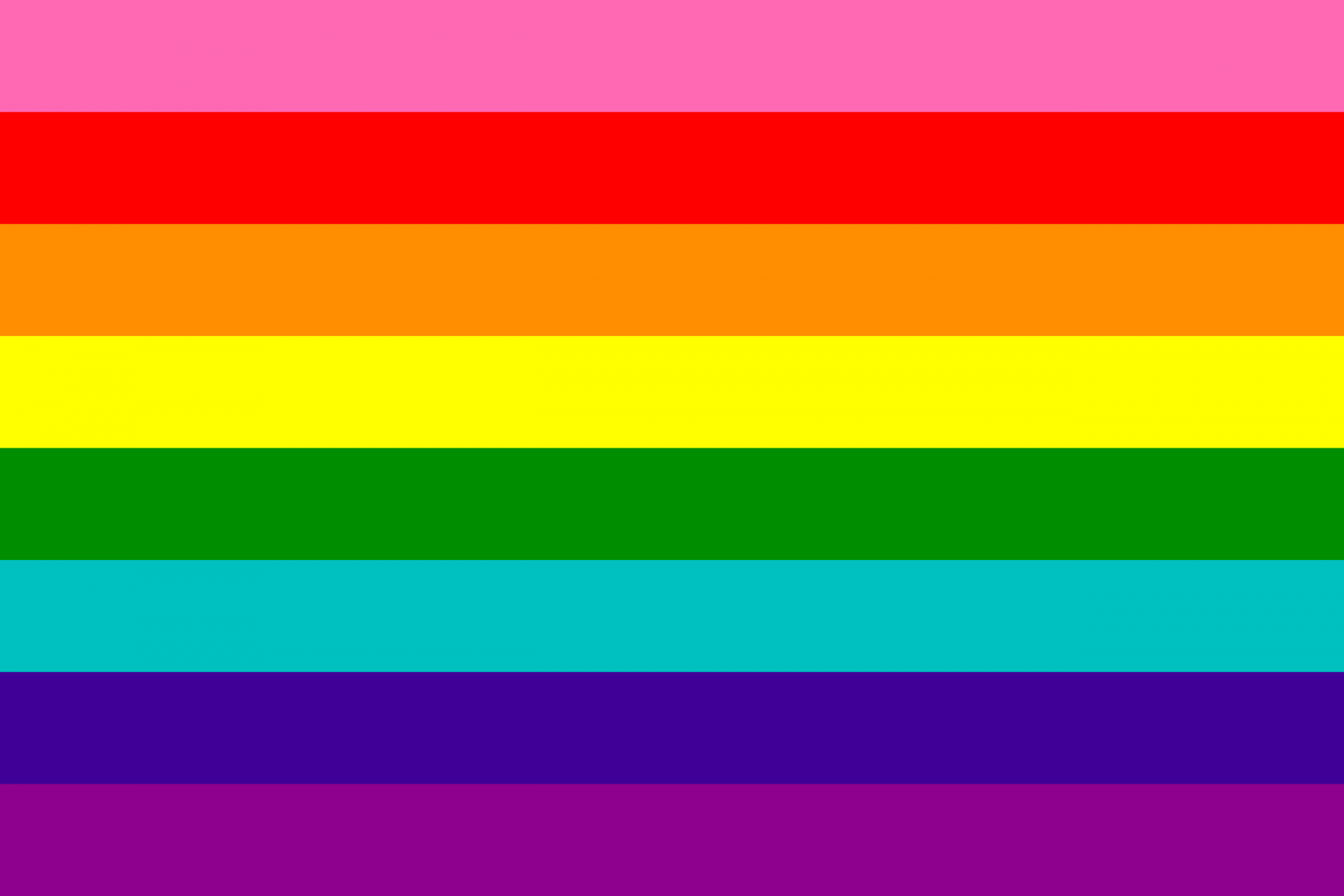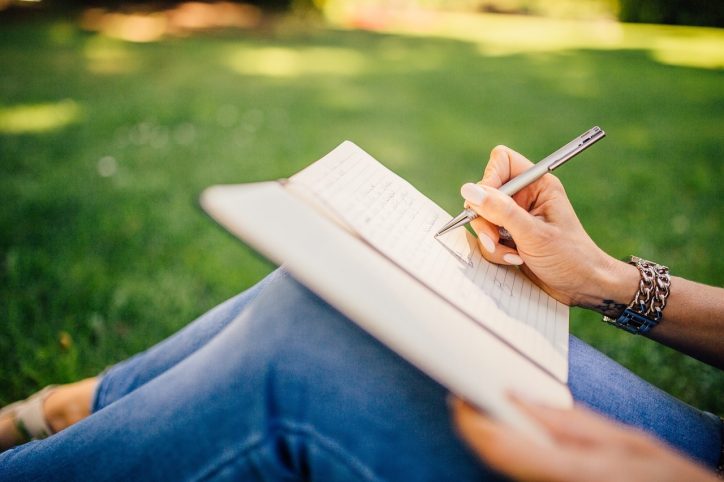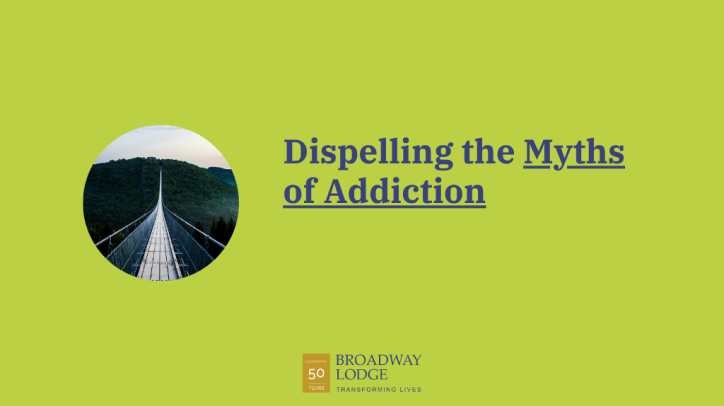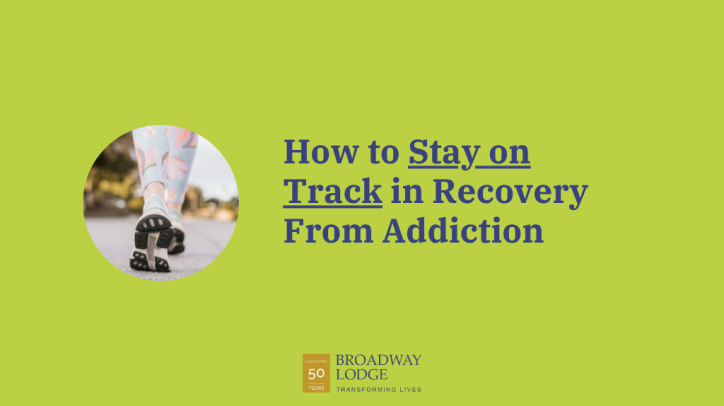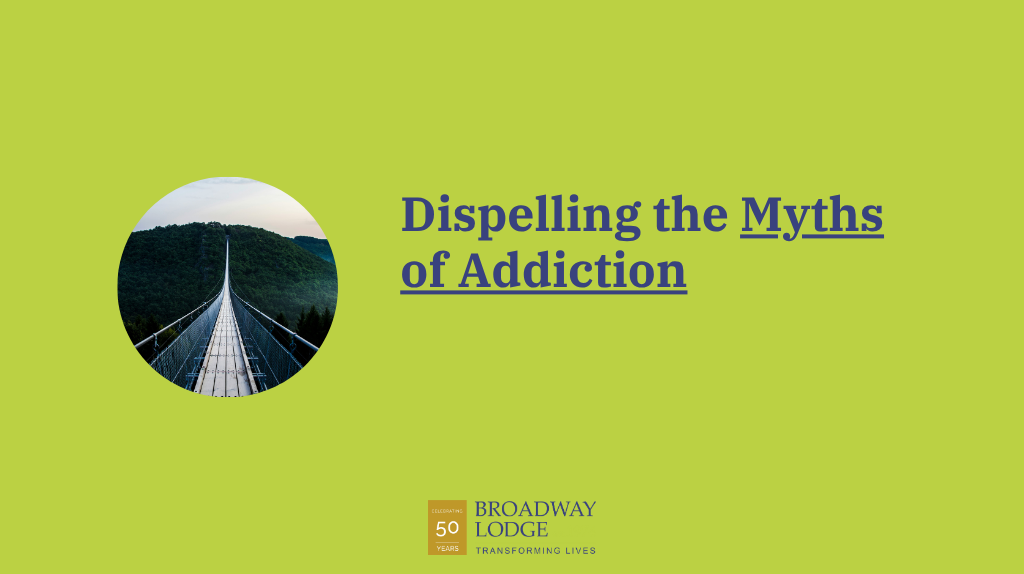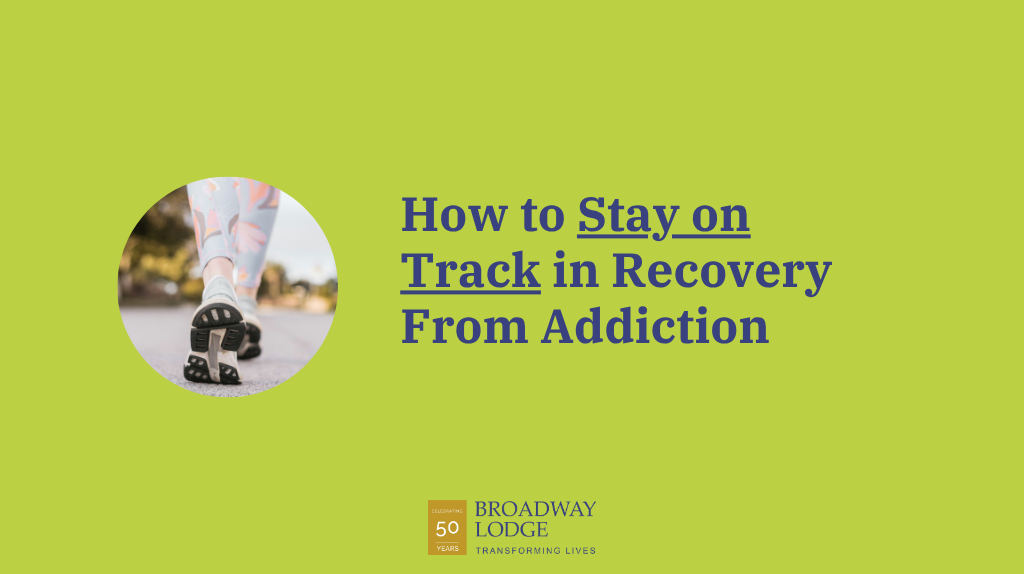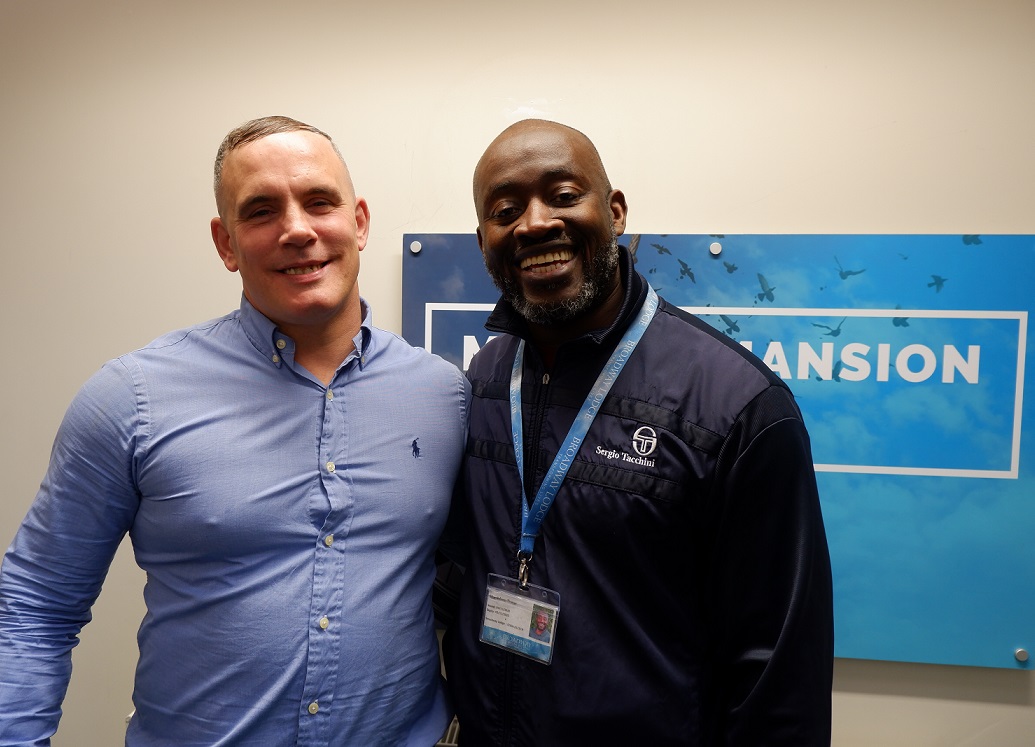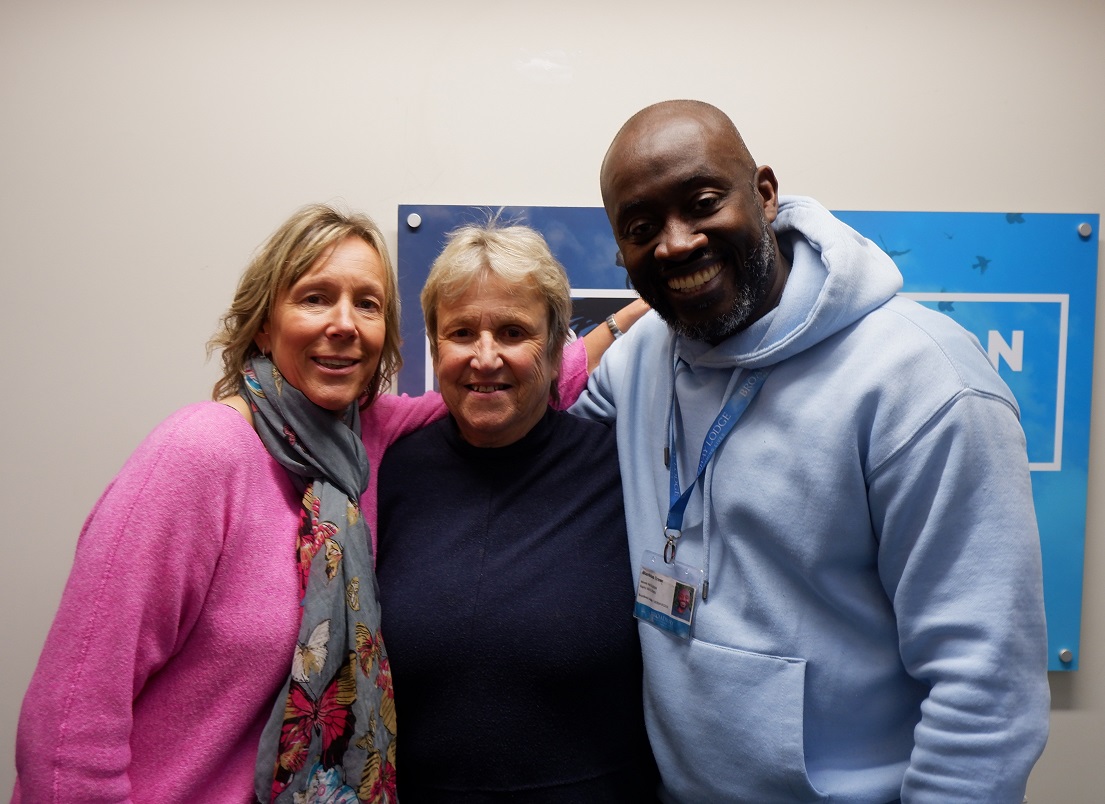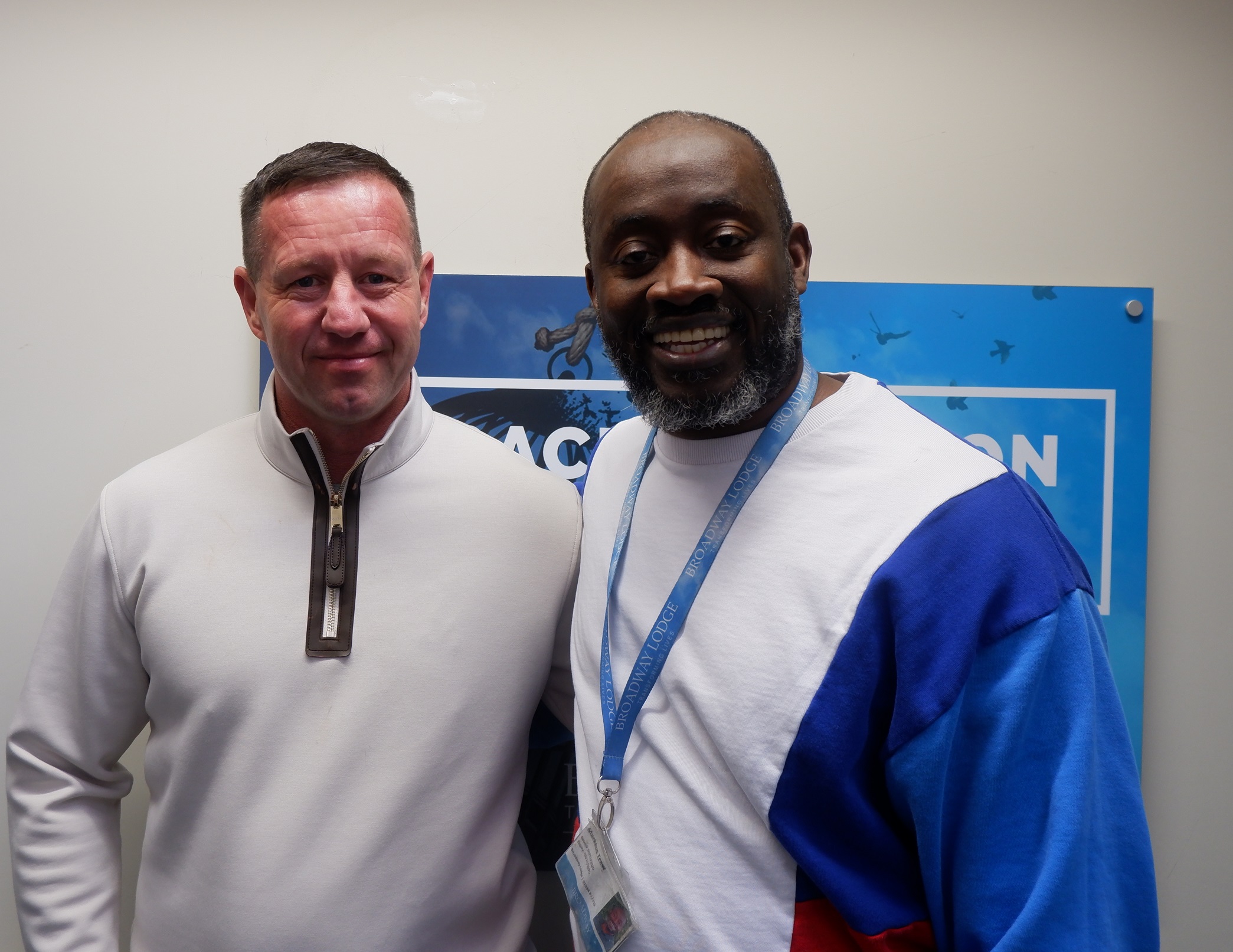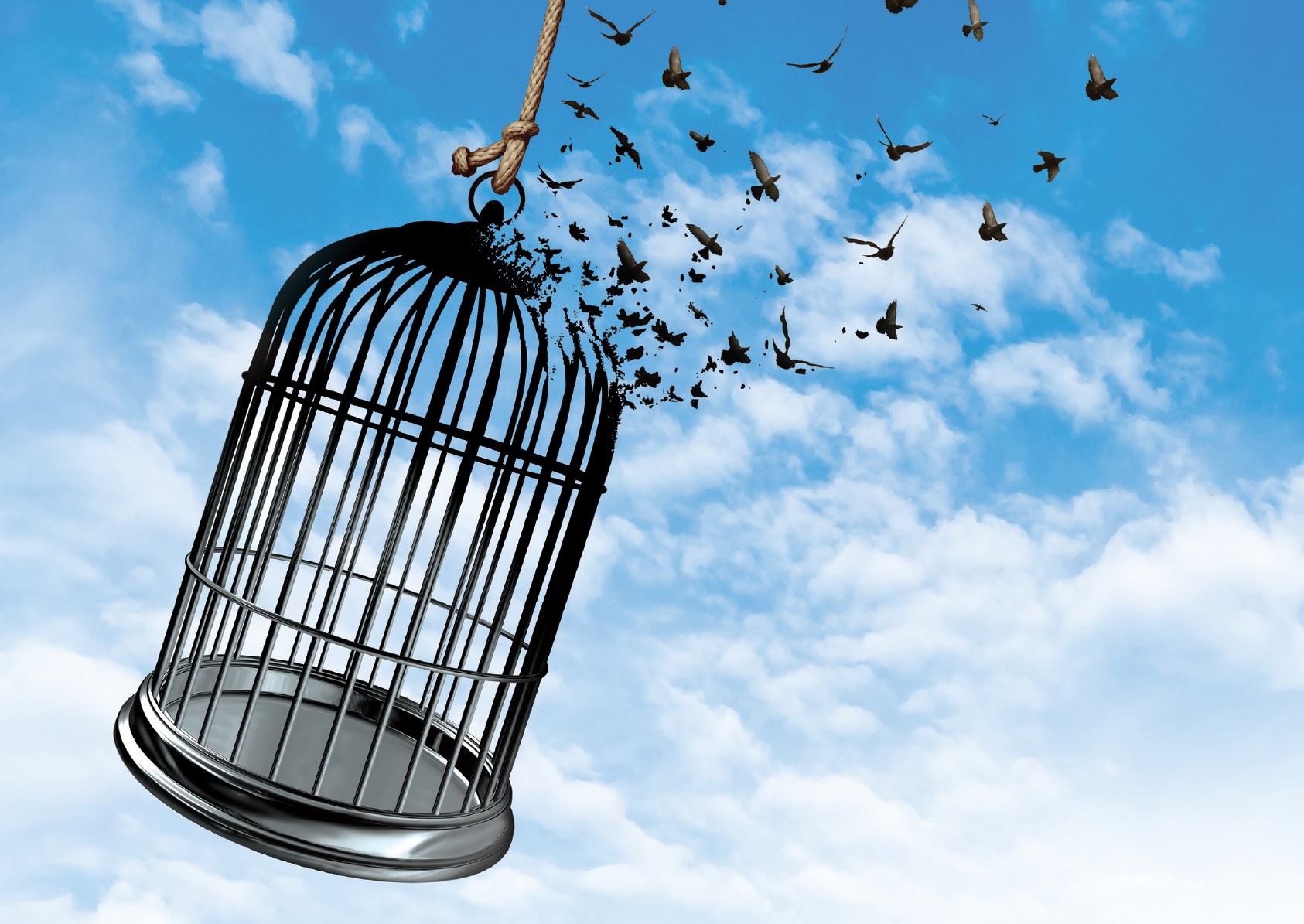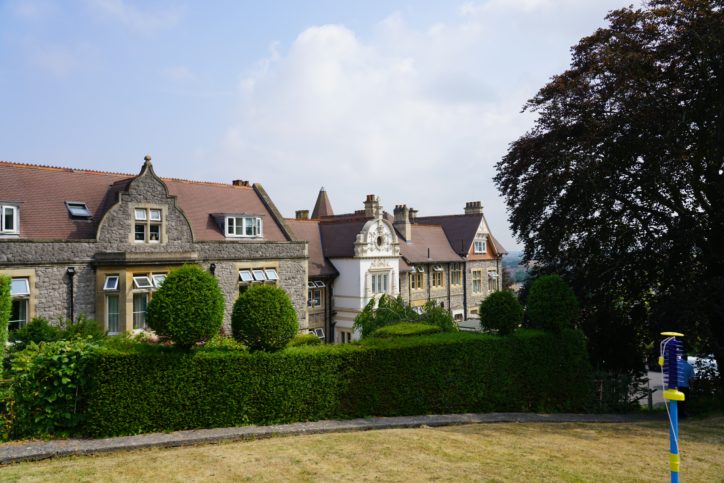Written by Markkus Trew, Head of Treatment & Counselling
It’s June, the sun has been warmly shining and it is Pride month. I was recently browsing the professional networking website, LinkedIn, and I saw the picture below. I realised how far we’ve progressed as a society in the acceptance of otherness and how hard this movement has worked to bring about awareness of the Lesbian, Gay, Bisexual, Transgender and Queer (LGBTQ) community and to promote equality, diversity and inclusivity.
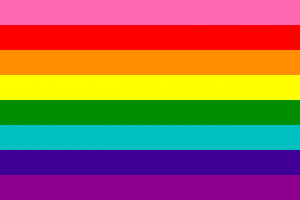
I cannot help but smile when I see the rainbow flag which warms my heart with pride – no pun intended! Did you know that the original Pride flag was designed in 1978 by San Francisco artist Gilbert Baker and comprised of eight vibrant, individually coloured stripes, each of which represents a different meaning?
- Pink: Sexuality
- Red: Life
- Orange: Healing
- Yellow: Sunlight
- Green: Nature
- Turquoise: Magic/Art
- Indigo: Serenity/Harmony
- Violet: Spirit
How beautiful! It led me to think about the life of Harvey Milk, a San Francisco-based leading political activist for the gay and lesbian community in the 1970’s who fought for equality and diversity. He was the first openly gay elected official in the United States who successfully pushed for a law to be passed that would ban discrimination in public accommodations, housing, and employment based on sexual orientation. Sadly, his flamboyant 11-month political career was cut short when he was murdered by a disgruntled elected member of the City Board of Supervisors.
So, what is pride all about?
Pride is about celebrating diversity and being a part of a community. It’s about self-love and acceptance. It’s about education. It’s about feeling free without judgement. It’s about celebrating success and progress yet also acknowledging the hurdles that are yet to come for this community. It’s about feeling safe and free to present your authentic self. Ultimately, it’s about love. And all of these desires are mirrored here at Broadway Lodge. We also want these for all of our clients who are in the process of healing from the illness of addiction.
There are so many similarities with addiction treatment and recovery. Our clients are faced with prejudices, stigma and judgements which can affect their ability to gain access to the help they so desperately need. If they’ve jumped through enough hoops to get funding from the local authority, or are able to pay for their treatment privately, they’ll arrive at Broadway Lodge. Clients are welcomed with open arms by a team of staff who are compassion focused and non-judgemental whose only purpose is to support them to find their authentic self through various modes of therapy and skills of counselling and psychotherapy.
Over the years many clients from the LGBTQ community have come into treatment and blossomed in the process. Their difference is accepted, encouraged and celebrated. Our LGBTQ clients have also helped us to develop too.
Most recently, a situation led us to assess our bedroom occupancy process. Currently, many of the bedrooms here are shared with up to three others of the same gender. We’d not considered that some homosexual clients may feel attracted to the peers they share a bedroom with until we were faced with a situation that could have led to a client being discharged from treatment. When we discussed the situation with the person concerned, they challenged our thinking around the shared rooms when they stated that “you wouldn’t put heterosexual clients in a mixed-sex room, so why would you put bisexual or homosexual men or women in a same sex room with the same risks?”
We scratched our heads. This person had a point. One of the things that returns immediately for some people in treatment after a sustained period of substance misuse is their libido which can be a quick fix for feeling good, particularly for people very early in their recovery journey. After a brief management discussion and a review of our bedroom allocation procedures, we made the decision that if anybody from the LGBTQ community is admitted for treatment and feels vulnerable in this area, we will endeavour to offer them a single room which will support them to successfully complete treatment.
This is not to say that every member of the LGBTQ community will find other men or women in their bedroom attractive but this change in procedure levels the playing field for them to complete treatment successfully to continue their positive on-going recovery.

